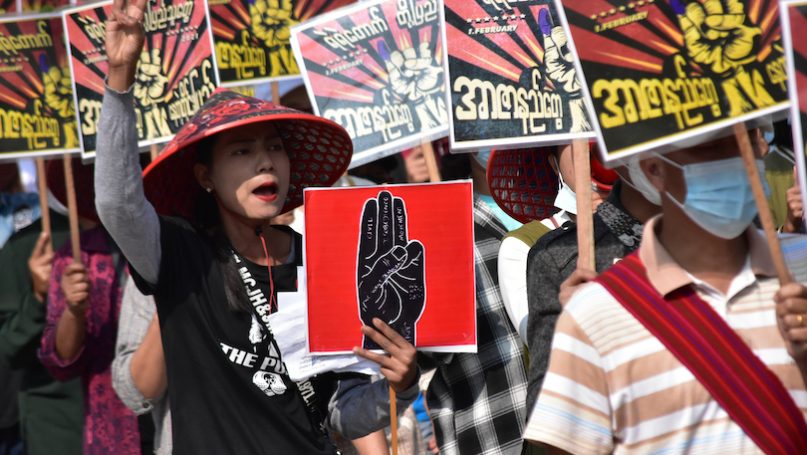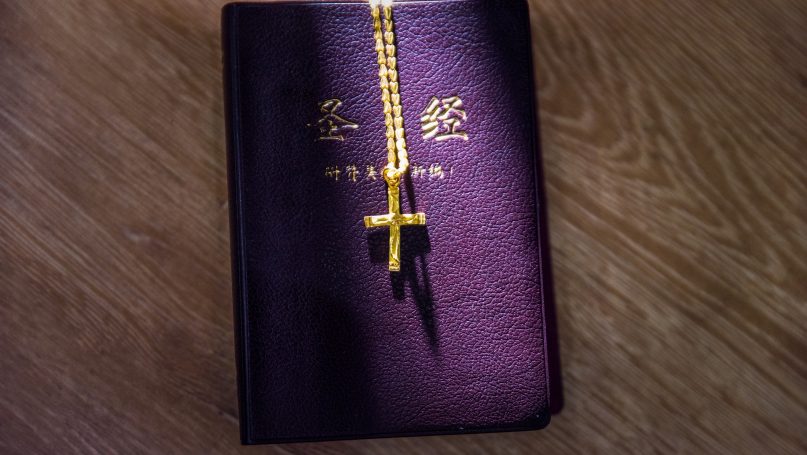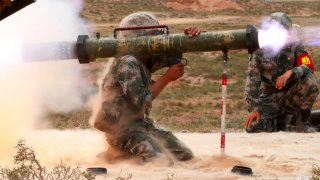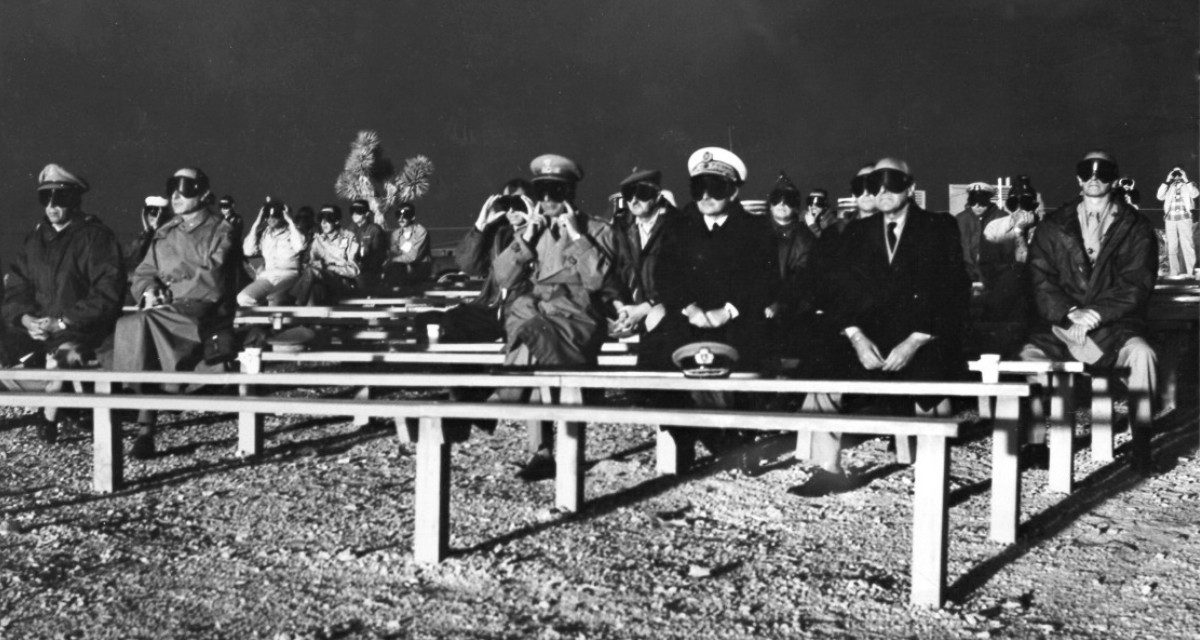by Kyle Mizokami
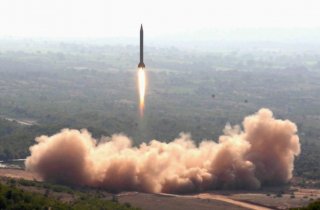
Here's What You Need to Remember: Pakistan is clearly developing a robust nuclear capability that can not only deter but fight a nuclear war. It is also dealing with internal security issues that could threaten the integrity of its nuclear arsenal.
Sandwiched between Iran, China, India and Afghanistan, Pakistan lives in a complicated neighborhood with a variety of security issues. One of the nine known states known to have nuclear weapons, Pakistan’s nuclear arsenal and doctrine are continually evolving to match perceived threats. A nuclear power for decades, Pakistan is now attempting to construct a nuclear triad of its own, making its nuclear arsenal resilient and capable of devastating retaliatory strikes.
Pakistan’s nuclear program goes back to the 1950s, during the early days of its rivalry with India. President Zulfikar Ali Bhutto famously said in 1965, “If India builds the bomb, we will eat grass or leaves, even go hungry, but we will get one of our own.”
The program became a higher priority after the country’s 1971 defeat at the hands of India, which caused East Pakistan to break away and become Bangladesh. Experts believe the humiliating loss of territory, much more than reports that India was pursuing nuclear weapons, accelerated the Pakistani nuclear program. India tested its first bomb, codenamed “Smiling Buddha,” in May 1974, putting the subcontinent on the road to nuclearization.
